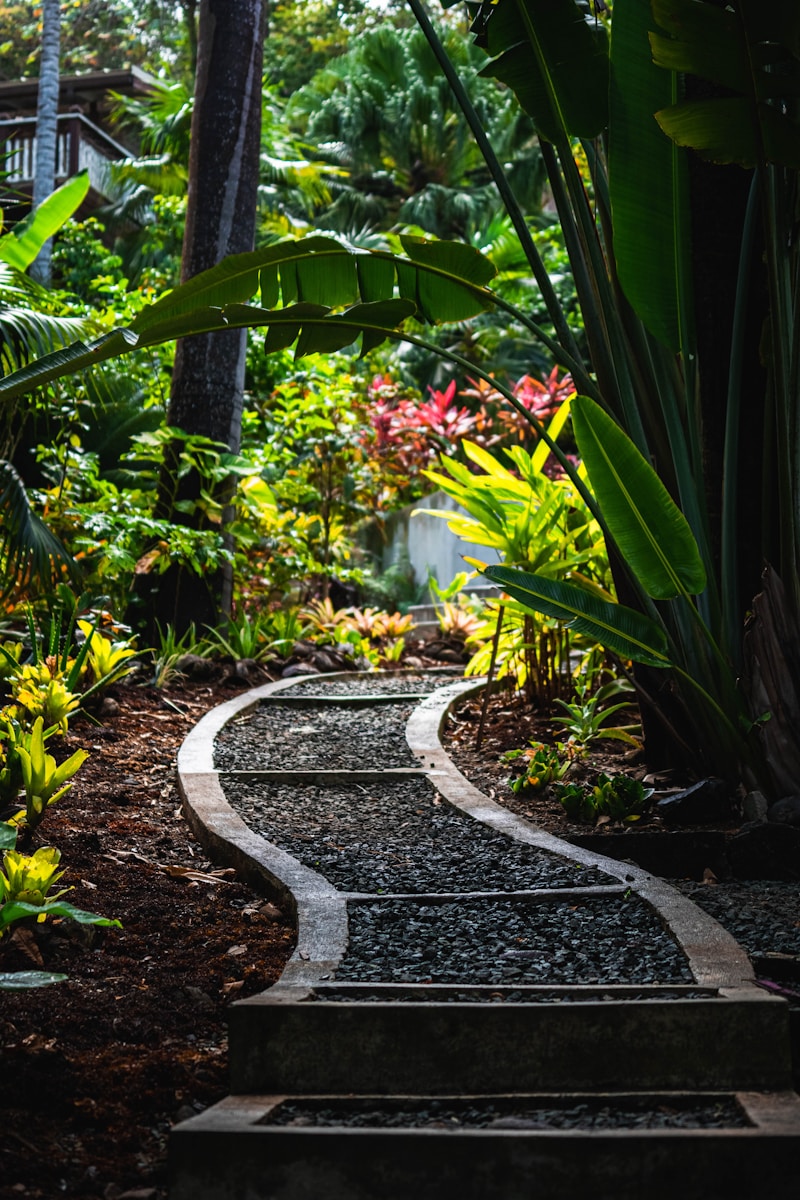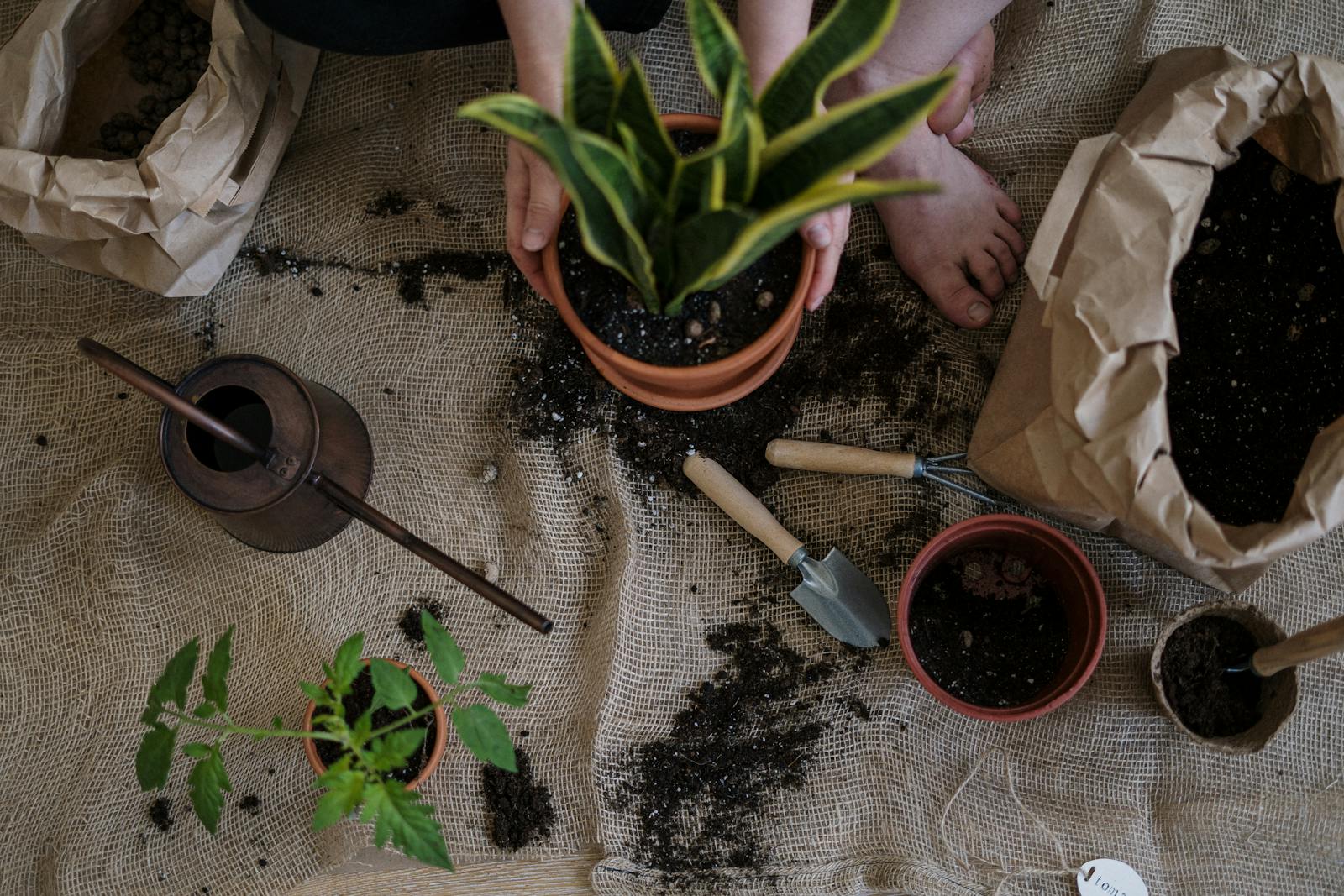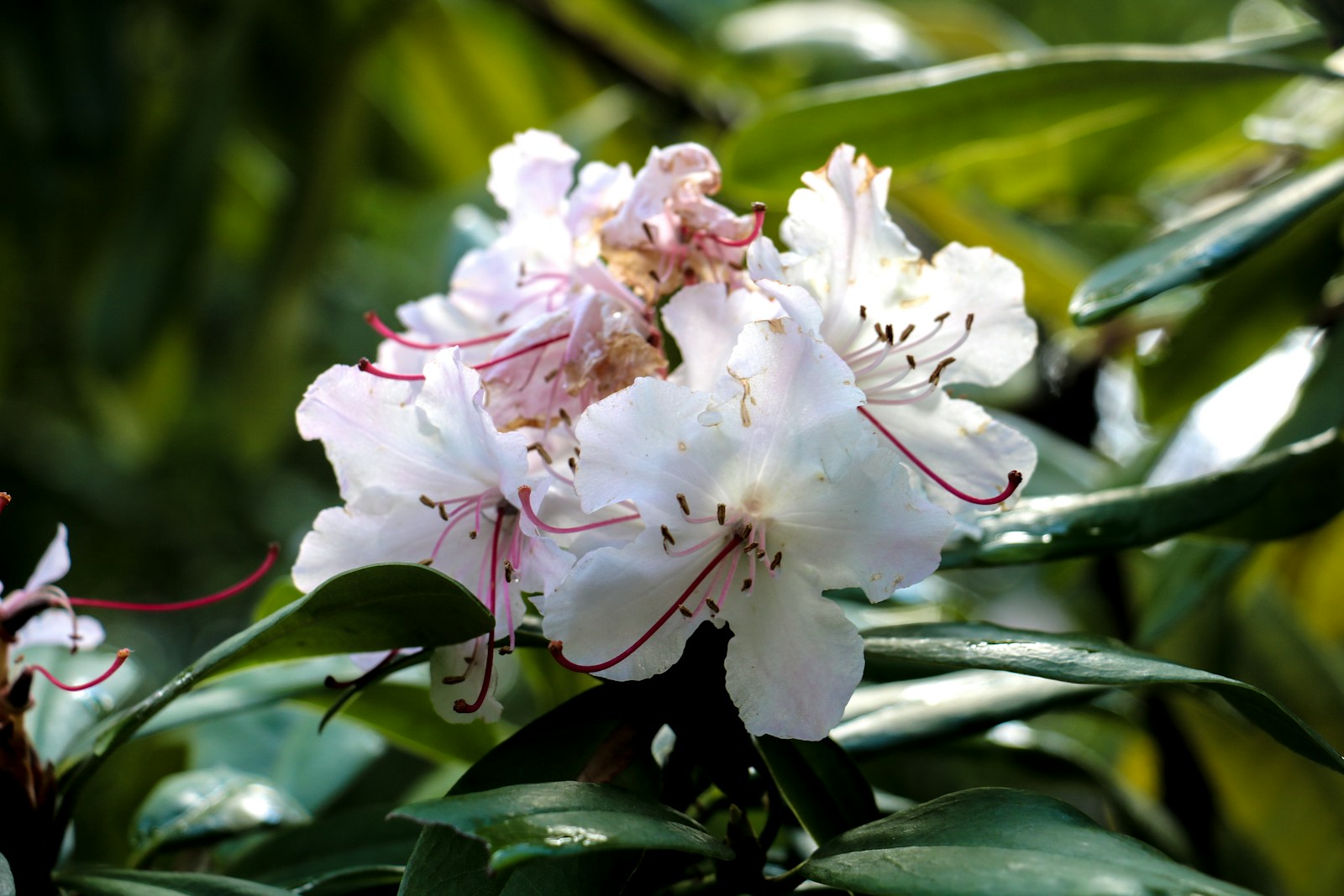Incorporating Paths, Arches, and Borders in Garden Design
The Role of Paths, Arches, and Borders in Garden Layout
Paths, arches, and borders aren’t just aesthetic features—they are essential elements that shape the structure of a garden. Paths guide movement, arches create focal points, and borders define areas and soften transitions. When thoughtfully integrated, these features elevate your space, giving it depth, cohesion, and flow.
Whether you have a small backyard or a sprawling landscape, using paths, arches, and borders strategically turns disconnected spaces into a seamless, immersive experience. They also help break up areas by function, from planting beds to seating zones, while adding personality and visual interest.
Designing Garden Paths that Invite Exploration
Garden paths lead the eye and the foot through your landscape. Straight lines suggest formality, while curved paths feel natural and encourage slower movement. Consider width and surface material based on the traffic type—flagstone, gravel, bricks, or stepping stones all offer different textures and moods.
For maximum impact, integrate lighting along paths and frame them with low-growing plants or edging. The key is to create intentional lines that connect focal points, such as patios, gazebos, or garden beds. Well-placed paths improve navigation and enrich your garden’s story.
Using Arches to Frame Views and Transitions
Arches act as architectural punctuation marks in the landscape. They define entry points, frame distant views, and serve as visual gateways between garden zones. Whether made from wrought iron, wood, or living plants, arches add vertical interest and charm.
Position arches where movement naturally occurs—over a path, at the entrance to a seating nook, or between two contrasting garden styles. Train climbing roses, clematis, or wisteria over them for seasonal drama. These vertical structures turn a simple walk into an experience full of anticipation and discovery.
Creating Borders to Define and Refine
Borders give gardens order and polish. They separate lawn from beds, pathways from patios, and distinct planting areas from one another. Edging materials range from natural stone and brick to metal, wood, or recycled materials—each offering a different visual effect.
Soft borders made with low hedges or flowering plants can blend areas gently, while hard edges bring contrast and clarity. Choose a style that matches your overall garden theme. Effective borders highlight the beauty of your plantings and improve garden maintenance by keeping mulch and roots in place.
Choosing Materials that Match Your Garden Style
The materials you select for paths, arches, and borders should harmonize with your garden’s aesthetic. For a cottage garden, consider rustic timber, irregular flagstones, and flowering edge plants. In modern landscapes, sleek concrete, steel edging, and geometric arch designs create crisp, clean lines.
Material choice also impacts function—porous materials improve drainage, while smooth surfaces are easier to walk on. Consider maintenance, climate resistance, and how materials age. Matching your materials to your garden’s style ensures visual unity and long-lasting satisfaction.
Combining Function with Aesthetic Appeal
Paths, arches, and borders aren’t just structural—they enhance visual flow and create focal points. A winding gravel path flanked by lavender invites a leisurely stroll. An arch draped with clematis becomes a seasonal showstopper. A brick border around a bed of tulips adds contrast and definition.
These features guide how your space is used while elevating its charm. Choose elements that balance practical needs—like preventing soil erosion or guiding foot traffic—with artistic impact. A garden that feels both functional and beautiful invites frequent use and admiration.
Incorporating Lighting Along Paths and Borders
Lighting along paths, arches, and borders extends garden enjoyment into the evening and adds a layer of safety. Use solar stake lights to highlight path edges or install low-voltage LEDs for a more permanent solution. Uplighting under arches or trees adds depth and shadow play.
For borders, soft lighting can draw attention to plant textures or materials. Integrated lighting enhances visibility and mood without overpowering the natural elements. Thoughtful placement ensures your garden feels inviting and magical at all hours.
Using Living Edges for Organic Borders
Not all borders need bricks or stones. Living edges made from plants like boxwood, lavender, or ornamental grasses create a soft transition between spaces. These green borders move with the wind, change with the seasons, and offer added wildlife value.
Choose low-maintenance species that stay compact and complement nearby plantings. Living borders blend seamlessly into naturalistic gardens and soften hardscape lines. They also help retain soil, define spaces, and add lush, layered interest to your garden’s structure.
Connecting Garden Rooms with Arches and Paths
Paths, arches, and borders work together to divide your garden into zones—also known as garden rooms. These areas serve different purposes, like entertaining, meditating, or growing vegetables. By linking them with paths and framing them with arches, you encourage exploration and create a sense of progression.
Use changes in material, level, or plantings to signal movement from one space to the next. A border of flowering perennials can indicate the end of a seating area, while an arch marks the entrance to a shady retreat. These elements bring organization and flow to your design.
Seasonal Considerations for Hardscaping
When installing paths, arches, and borders, consider how they’ll perform across seasons. Use frost-resistant materials in colder climates, and avoid smooth surfaces that become slippery when wet. Deciduous climbers on arches add fall color, while evergreen edging provides winter structure.
Plan for plant growth over time—what looks balanced now may become crowded or sparse later. Choose durable, weather-appropriate materials and designs that age gracefully. Seasonal awareness ensures that your garden’s structure stays attractive and functional year-round.
Low-Maintenance Ideas for Paths, Arches, and Borders
If ease of upkeep is a priority, select materials and plants that minimize maintenance. Use weed-blocking fabric under gravel or mulch paths, and opt for composite edging that resists rot and warping. Choose arches made from powder-coated metal or treated wood for longevity.
For borders, consider no-dig edging or dense ground covers like creeping thyme to suppress weeds. Avoid overly intricate shapes that are difficult to mow or trim. Designing with low-maintenance paths, arches, and borders helps you enjoy the space without constant upkeep.
Maximizing Small Spaces with Vertical Elements
In compact gardens, arches and narrow paths can create the illusion of depth. Vertical features like trellises, pergolas, or obelisks add height and draw the eye upward. Place an arch over a narrow path to create an intimate entrance or visual gateway.
Use slim borders to outline walkways or raised beds, and choose climbing plants that don’t overwhelm the space. Compact design doesn’t mean limited style—thoughtfully placed paths, arches, and borders can turn even the smallest yard into a layered, inviting retreat.
Combining Modern and Traditional Design Elements
Blend classic and contemporary by mixing old-world borders with minimalist arches or rustic paths with sleek metal edging. This approach adds personality and keeps your garden design fresh and unique. For example, pair a gravel path with boxwood borders and a geometric steel arch overhead.
Repeat materials and colors to tie the look together. Combining styles thoughtfully through paths, arches, and borders ensures that your garden feels curated rather than chaotic. It also lets you evolve your space as tastes change while maintaining overall harmony.
Personalizing Your Garden’s Structure
Incorporate personal touches into your paths, arches, and borders. Use mosaic stepping stones, custom-painted trellises, or vintage gates as unexpected focal points. Grow favorite flowers over arches or plant a themed border with herbs, pollinator plants, or scented blooms.
Your garden structure should reflect your lifestyle and values. Whether it’s a serene meditation path or a colorful cottage-style walkway, customizing these elements turns a generic yard into a reflection of you. Let your creativity shape the framework of your outdoor haven.
Building a Lasting Framework for Your Garden
Paths, arches, and borders form the permanent skeleton of your garden. While plants change with seasons and years, these structural elements provide consistency, guiding the eye and defining function. Invest in quality materials and thoughtful layout to ensure they serve your space well into the future.
Plan with both beauty and purpose in mind. A well-designed framework enhances every planting scheme and gives your garden cohesion and elegance year-round. Whether grand or modest, integrating paths, arches, and borders elevates your entire outdoor experience.
Frequently Asked Questions
What are the best materials for garden paths?
The best materials for garden paths depend on your style and budget. Gravel and mulch are affordable and natural-looking but require occasional replenishing. Flagstone, brick, and pavers offer a more permanent, upscale look and work well for formal or high-traffic areas. Consider permeable options for drainage and choose textures that are safe to walk on in all weather. Align your material choice with your garden’s theme to maintain design consistency. Each path material plays a role in shaping the look and function of your landscape.
How can arches improve garden design?
Arches provide vertical structure, create transitions between spaces, and draw attention to focal points. They also support climbing plants, adding seasonal interest and texture. Place arches at entrances, along pathways, or at key viewpoints to guide the eye and enhance the garden’s architecture. Materials like wood, metal, or even living willow can suit various design styles. Arches work especially well when combined with companion planting or lighting. They bring a sense of depth, height, and formality—or whimsy—depending on your garden’s style.
What types of borders work best for gardens?
Borders can be created with hard materials like brick, stone, and metal, or soft materials like low-growing plants or hedges. Brick and stone offer durability and classic aesthetics, while metal edging provides a sleek, modern profile. Living borders, such as boxwood, lavender, or ornamental grasses, offer texture and movement. Choose borders based on the level of maintenance you prefer and the overall look you want. Borders help define spaces, control soil, and make transitions cleaner—enhancing both beauty and function in the garden.
How do I design a garden with paths and borders in a small space?
In small gardens, keep paths narrow and use curves or diagonals to create the illusion of more space. Combine multifunctional elements—like borders that double as seating or raised beds that also edge a path. Choose compact materials like gravel or stepping stones for flexibility. Incorporate vertical accents like arches or trellises to draw the eye upward and maximize growing area. By scaling features to fit, small gardens can feel structured, spacious, and cohesive with well-planned paths, arches, and borders.
Do paths and borders need to match garden styles?
Yes, aligning paths, arches, and borders with your garden style enhances cohesion and visual flow. For example, rustic paths and natural stone borders suit cottage gardens, while sleek pavers and steel edging complement modern designs. Arches in traditional gardens might be wood with climbing roses, while minimalist gardens may favor clean, geometric metal forms. Matching the materials and layout to your garden’s theme ensures that each element contributes to a unified aesthetic. Thoughtful design consistency creates harmony throughout your outdoor space.
© 2025 GardeningandDecor.com. All rights reserved.



